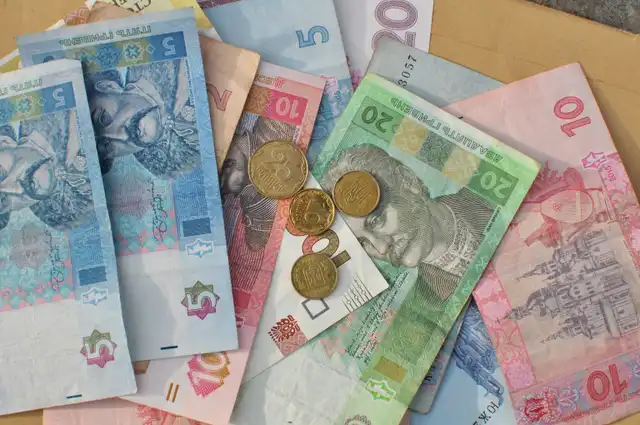Exploring the Potential of The Reverse Currency Wars

The forex market represents one of the primary environments for traders looking to diversify their portfolios, and beginners making their way into the investment landscape. Often considered one of the easier landscapes to learn and follow, it revolves around making profits by trading currencies. Just as many of the trading marketplaces are evolving in 2022, the forex space is seeing some changes too. The U.S. dollar has increased in value against the euro by around 12% over the last year, and is rapidly approaching parity. If commodities, oil, and energy prices seem high in dollar terms, they’re even more significant from a euro perspective. With inflation in many countries reaching multi-decades high, experts suggest we could be approaching a new reverse currency wars situation.
Understanding Reverse Currency Wars
In reverse currency wars, countries compete to strengthen the foreign exchange values of currencies. The term builds on the well-known phrase currency wars, highlighting what economists had previously described as competitive devaluations or depreciations. In these environments, countries are frustrated by trading partners pursuing policies to weaken their currencies and gain unfair advantages in international trade. Reverse currency wars focus on competitive appreciation. Here, countries believe their trading partners are attempting to strengthen currencies deliberately, to reduce inflation. Analysts indicate this could describe the inflation period beginning in 2021. It’s impossible for every country to pursue either strategy, because not everyone can move exchange rates in the same direction simultaneously.
The U.S. has frequently been quick to allege other currencies are undervalued, requiring the Department of Treasury to submit annual reports into whether major trading partners are manipulating currencies. The phrase currency war actually came from Brazil in 210, when leaders began protesting the policies of Japan, the U.S., and other countries. While these countries weren’t explicitly accused of devaluing the yen or dollar, they were accused of using loose monetary strategies. Brazil argued the U.S. and Japan had reduced interest rates to zero, then introduced quantitative easing, with the intention of depreciating currencies, boosting net exports, and shifting unemployment woes. Today, nobody accuses authorities in the U.S. of using underhanded methods to boost dollar value. However, they do complain the interest rate increases attract inflows to the U.S., strengthening the greenback and keeping global growth rates low.
Using Trading Platforms to Take Advantage of the Trends
The big change in the USD value, as well as a progressive focus on the reverse currency wars is pushing more people to explore the forex market, and consider their options carefully. The best trading platforms offer investors an opportunity to build their focus on the forex landscape, while also paying close attention to changes and shifts in the wider economy. With new trading platforms appearing all the time to offer greater access to trading opportunities for all kinds of beginners and experts alike, there are more options to diversify than ever before.
Learning about the reverse currency wars offers traders an excellent opportunity to take advantage of market changes, and use them to their advantage, as is the case with the USD vs the Euro value. However, it will usually make sense for these investors to also ensure they’re taking full advantage of the diversification options offered by such platforms. Combining forex with other methods of trading, like gold and cryptocurrency will provide more of a hedge.
Looking Ahead at the Currency Wars
Currently, experts say victims of the appreciating dollar aren’t necessarily other hyper-rich companies, but emerging economies with dollar-denominated debts, enhanced by the spending required in the fight against the pandemic. When the dollar appreciates, debt serving costs increase for local currency terms too. Of course, not all competitive appreciation fears require a reform of the currency landscape. Unlike many banks, the Bank of Japan has maintained a loose monetary policy over the last year, allowing for increased growth and inflation. This means the Japanese rates are still at or below zero, while the U.S. raises interest rates.
Overall, the reverse currency wars don’t necessarily mean there’s an emerging problem. Japanese prices have been pushed up while downward pressure is reducing US inflation issues. This is leading to the results both currencies wanted. With floating currency options, each country has been able to pursue the policies best-suited to specific circumstances. However, experts say with high global inflation set to persist for some time, the prospect of a clear war is coming closer. Instead of a race to the bottom in this forex environment, we’re likely to see a big scramble to the top, with poorer companies suffering most.



